QOTD: How Can a Chevrolet Bolt-based Crossover Avoid Flopping?

You heard it here yesterday. General Motors will introduce not one, not two, but three new vehicles based on the increasingly popular Chevrolet Bolt electric hatchback. And it’ll do it over the next two years.
Is this a case of too much Bolt, too soon, or is GM within its rights to go whole hog on its green halo model, given the need to get out in front of looming competitors? One of the Bolt-based EVs will be a car, the other two, crossovers. Let’s focus on the latter models right now.
What must a Bolt-derived electric crossover bring to the table to get American buyers interested?
I place an emphasis on American buyers, as it is not confirmed that all three vehicles will launch in the U.S. market. That doesn’t seem like GM’s style, especially considering how many sales such a vehicle could gobble up in China. GM already sells a Buick-badged Chevrolet Volt and Bolt over there, and a small crossover could prove to be catnip to Chinese buyers.
It also might prove alluring to enough to American buyers to make it worthwhile here. There’s no way GM will let Ford’s future electric crossover go unchallenged, and it certainly won’t let its traditional rival introduce one first.
There’s also little doubt that at least one of these vehicles will arrive with a Buick badge. GM reportedly tested a Buick-badged, Bolt-based crossover with a focus group back in July, and Buick sales chief Duncan Aldred has said the brand will play a “ huge part” in the company’s green wave.
Sharing the same underpinnings, the two crossovers will surely court two different classes of buyers.
But back to nuts and bolts, as it were. What does this pair of vehicles need to offer in order to lure American buyers? Is a bigger battery required, considering the Bolt’s healthy 238-mile range will surely be hampered by extra weight and drag? Or is, say, 200 miles of range still enough? All-wheel drive, at least in one of the models (or on higher trims), is a must in my mind. You don’t field a crossover in the U.S. without offering four-wheel traction, unless your name’s Kia. GM needs to show that electric power can tackle the harsh climes of Vermont, Montana, and Wisconsin.
For this, a dual-motor setup is unavoidable.
And what about price? For either model, undercutting the moneybags Tesla Model X is no challenge, but what price point must one of these crossovers start at to make for a palatable proposal? Just imagine you’re pulling the levers at GM, not Mary Barra. These vehicles are a go, and it’s your job to make them a success.
Weigh in in the comment section below.
[Images: General Motors]

More by Steph Willems
Latest Car Reviews
Read moreLatest Product Reviews
Read moreRecent Comments
- EBFlex It will have exactly zero effect
- THX1136 What happened to the other companies that were going to build charging stations? Maybe I'm not remembering clearly OR maybe the money the government gave them hasn't been applied to building some at this point. Sincere question/no snark.
- VoGhost ChatGPT, Review the following article from Automotive News: and create an 800 word essay summarizing the content. Then re-write the essay from the perspective of an ExxonMobil public relations executive looking to encourage the use of petroleum. Ensure the essay has biases that reinforce the views of my audience of elderly white Trump-loving Americans with minimal education. Then write a headline for the essay that will anger this audience and encourage them to read the article and add their own thoughts in the comments. Then use the publish routine to publish the essay under “news blog” using Matt Posky listing the author to completely subvert the purpose of The Truth About Cars.
- VoGhost Your source is a Posky editorial? Yikes.
- Fed65767768 Nice find. Had one in the early-80s; loved it but rust got to it big time.Still can't wrap my head around $22.5K for this with 106,000 km and sundry issues.Reluctant (but easy) CP.

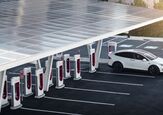
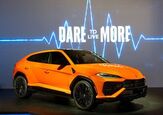














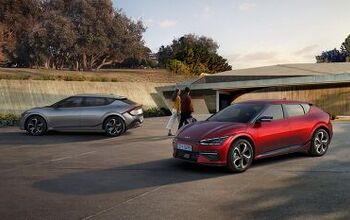
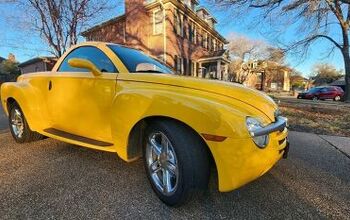
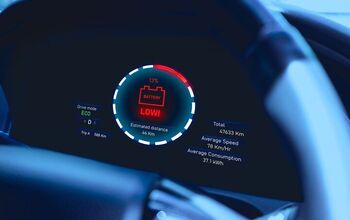

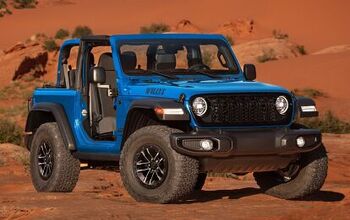
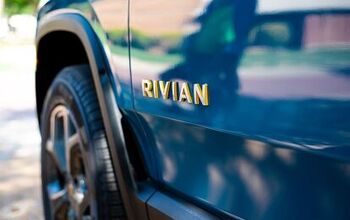
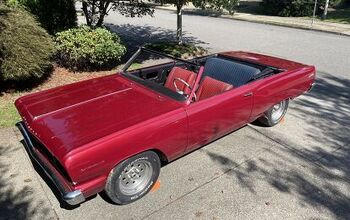
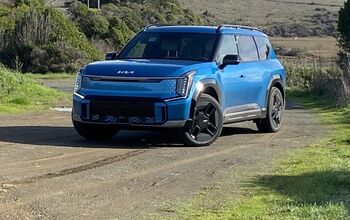

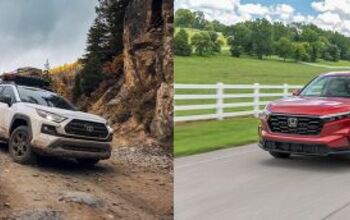
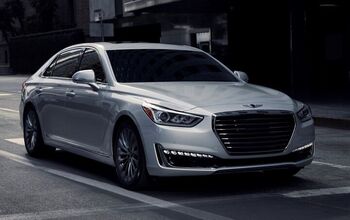

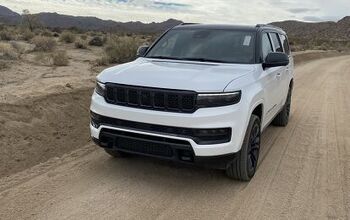


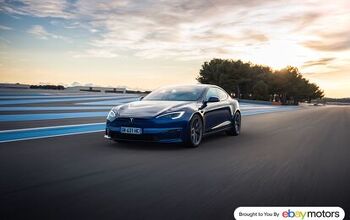

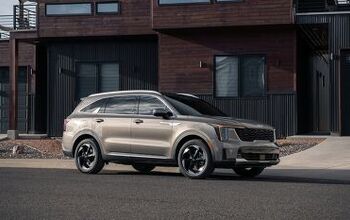
Comments
Join the conversation
Nice photoshopping, GM. Flourishing cotton grows at the seaside. (Coast Guard: "Get that car off the cotton-pickin' beach!")
Well now we know how GM will introduce so many models. A US(Chevy) and China(Buick) version and if successful a tarted up Cadillac.